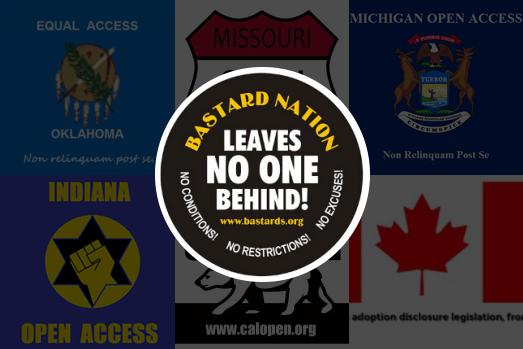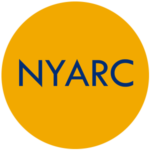X. Open Records Does Not Equal Higher Abortion or Lower Adoption Rates
Many opponents of open records for adult adoptees have claimed, with no basis in fact, that young pregnant women would choose abortion over adoption if their relinquished children would be able to discover their birth mothers’ names in eighteen years’ time. They also claim that open records would lead to a decline in adoption rates because potential adoptive parents would be discouraged by a system in which their children would no longer be permanently denied their own birth records. Both these claims belong in the realm of myth and propaganda and may be countered by statistical evidence to the contrary. While there are many factors that determine abortion rates in various states and countries, and it cannot be claimed that open records bears a causal relation to lower abortion rates, it can, however, be shown that abortion rates are not higher and are in fact lower in open records states than in states with sealed records. It can likewise be shown that states and countries with open records have not seen a decline in adoption rates.
The abortion rates for Alaska and Kansas, which have long granted adult adoptees unconditional access to their original birth certificates, were both lower in 1996 than the rate than for the United States as a whole — 14.6 and 18.9 abortions, respectively, for every 1000 women between the ages of fifteen and forty-four, while the national abortion rate was 22.9.
[Alan Guttmacher Institute: http://www.agi-usa.org/pubs/journals/3026398.html]
In Alabama, which opened records to adult adoptees in August 2000, the total number of abortions declined by 1.3% (from 13,533 to 13,382) during the first full year of open records compared to the previous year when records were closed for the majority of the year. Abortions among girls and women under eighteen have been declining since 1998. The sharpest year-to-year decline actually occurred in 2001 (down 10.9%, from 1,029 to 917), the first full year the records were open in Alabama.
Data compiled by the Alan Guttmacher Institute showing the number and rate of abortions in England and Wales by year for 1961 through 1987 indicate a continuous increase in abortions and abortion rates from 1961 through 1973. In 1974 through 1976, when the opening of adoption records was discussed in Parliament and put into effect, abortions and the abortion rate decreased.
The National Center for Court Statistics reported that the 1992 rate of adoptions per thousand live births were 31.2 nationally, 53.5 in Alaska and 48.4 in Kansas, two open records states, but lower in surrounding states with sealed records laws (CO, 26.0; MO, 27.5; NE, 42.4; and OK 47.6). [Flango & Flango, National Center for Court Statistics, “How Many Children Were Adopted in 1992,” 74 Child Welfare 1018, 1021-22 (1995)].
Barbara Flett, Registrar of the New South Wales Registry of Births, Deaths and Marriages, issued a declaration submitted for evidence in the Tennessee conditional records access case, Doe v. Sundquist [Affidavit of Frederick F. Greenman, August 27, 1996] which showed the numbers of adoptions in New South Wales from 1970 through 1995. The New South Wales Adoption Information Act 1990, which became fully effective on April 2, 1991, made original birth certificates accessible by right to adoptees. The data from the Registry of Births, Deaths and Marriages set forth in Ms. Flett’s letter show that adoptions peaked in 1972 and then began a decline which has continued steadily to the present day. Prior to the unsealing of adoption records in 1991, adoptions had declined from 4,564 in 1972 to 688 in 1990, a decline of 85 percent. The rate of decline after 1990 shows no significant change from the previous decline and indicates that the opening of adoption records had no measurable effect on the numbers of adoptions.
Annual adoption figures for England and Wales for the years 1960 through 1984, taken from official publications of the United Kingdom Registrar General and the United Kingdom Office of Population Censuses and Surveys, for non-parental (i.e. non-step parent or intrafamilial) adoptions by couples in England and Wales declined continuously from a peak of 14,641 in 1968 down to 1984, which appears to be the last year for which these data were published. From the start of the decline in 1968 until 1976, when adoption records were unsealed, the relevant adoptions declined from 14,641 to 4,777, a decline of 67 percent in eight years; in the following eight years, after the records were unsealed, these adoptions declined to 2,910, a decline of only 39 percent. If the unsealing of adoption records had any effect in England and Wales, therefore, it was to reduce the decline in adoptions, i.e. to increase adoptions over the numbers that otherwise would have been the case. See
http://www.americanadoptioncongress.org/articles-archives/more-deception.htm
for further debunking of the open records/abortion/adoption connection.




